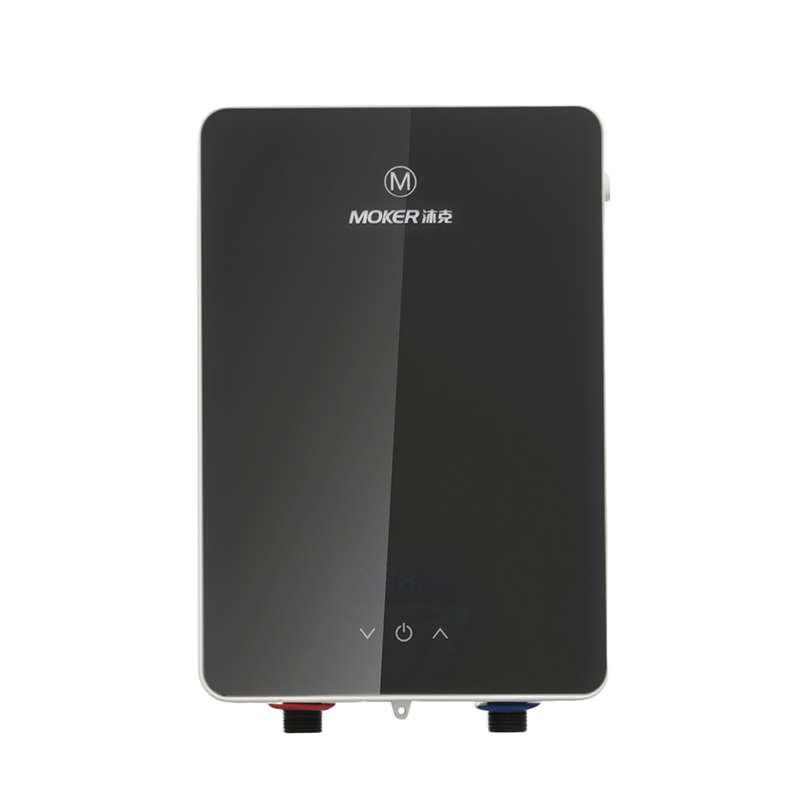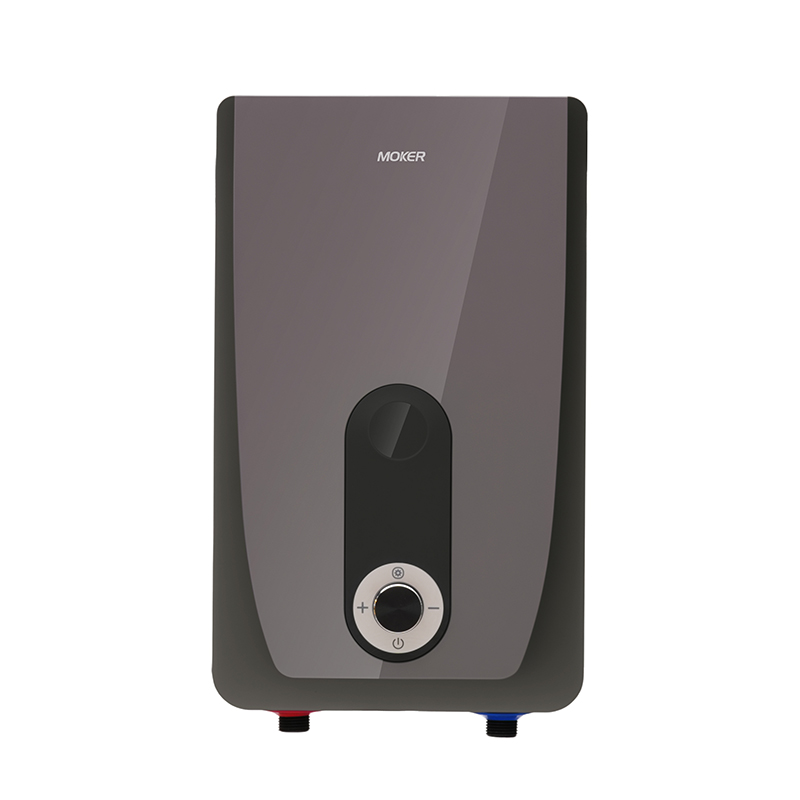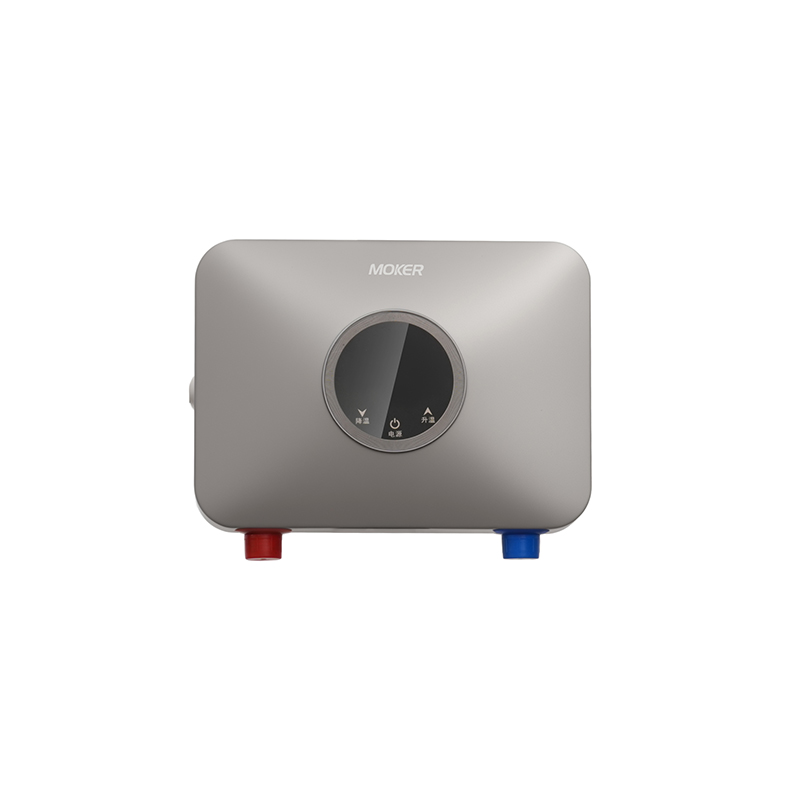Installation Requirements for Various Water Heaters
Proper installation is critical to ensure safe and efficient operation of water heater. instant water heater, Electric water heater, Tankless Water Heater, electric tankless water heater, and instantaneous water heater electric each have specific installation requirements based on their designs and functions.
Instant water heater requires proximity to power sources and water outlets. instant water heater should be installed within 1-2 meters of both a dedicated electrical socket and the faucet to minimize pipe length, reducing heat loss. instant water heater’s power cord must not be extended, as instant water heater’s high wattage (usually 3-5kW) can cause overheating in extension cords. The installation area for instant water heater must be dry and well-ventilated to prevent moisture damage to instant water heater’s electrical components.
Electric water heater demands sturdy structural support and proper plumbing. Electric water heater, especially large tank models, needs a reinforced floor or wall mount capable of bearing its full weight when filled with water (often 100-200kg). Electric water heater’s inlet and outlet pipes must be connected with flexible hoses to absorb vibrations, and a pressure relief valve must be installed to discharge excess pressure into a drain. Electric water heater should be placed in a location with a drain pan to catch leaks, with the pan connected to a floor drain to prevent water damage.
Tankless Water Heater requires attention to gas lines (for gas models) or electrical capacity (for electric models). Gas Tankless Water Heater needs a gas line with sufficient diameter to supply adequate fuel, and the line must include a shut-off valve near Tankless Water Heater for safety. Electric Tankless Water Heater must be connected to a high-amperage circuit (40-60 amps) to handle its power needs, often requiring an electrician to upgrade the electrical panel. Tankless Water Heater’s vent pipe (for gas models) must be made of stainless steel and properly sealed to prevent carbon monoxide leaks, with a clear path to the outdoors.
Electric tankless water heater combines the installation needs of electric and tankless systems. electric tankless water heater must be hardwired to a dedicated circuit with a disconnect switch, ensuring electric tankless water heater can be safely powered off during maintenance. electric tankless water heater’s water inlet should include a filter to trap sediment, protecting electric tankless water heater’s heat exchanger from damage. The mounting bracket for electric tankless water heater must be securely anchored to studs, as electric tankless water heater’s compact size belies its weight when water flows through.
Instantaneous water heater electric focuses on under-sink or countertop installation. instantaneous water heater electric is designed for small spaces, so instantaneous water heater electric should be mounted under the kitchen or bathroom sink, with at least 10cm of clearance around instantaneous water heater electric for airflow. instantaneous water heater electric’s electrical connection must include a GFCI (Ground Fault Circuit Interrupter) to shut off power in case of water contact, preventing electric shocks. The water lines connected to instantaneous water heater electric should be insulated to reduce heat loss during the short flow to the faucet.
All water heater installations must comply with local building codes and be performed by licensed professionals. Following these requirements ensures instant water heater, Electric water heater, Tankless Water Heater, electric tankless water heater, and instantaneous water heater electric operate safely, efficiently, and reliably for their intended lifespans.





